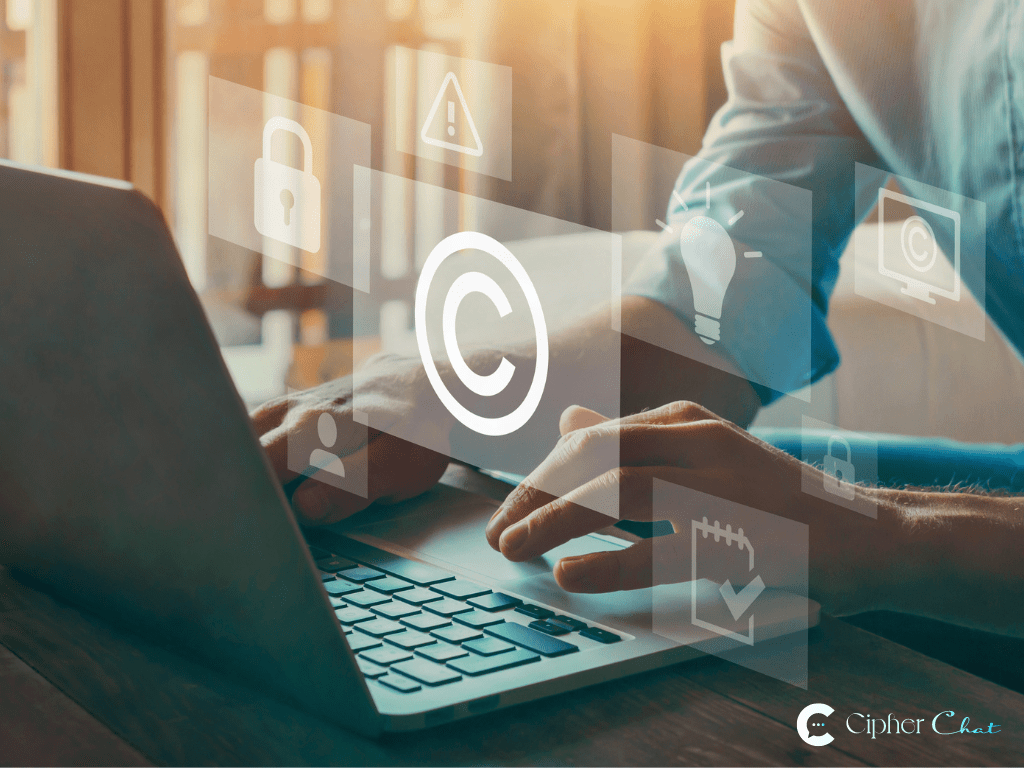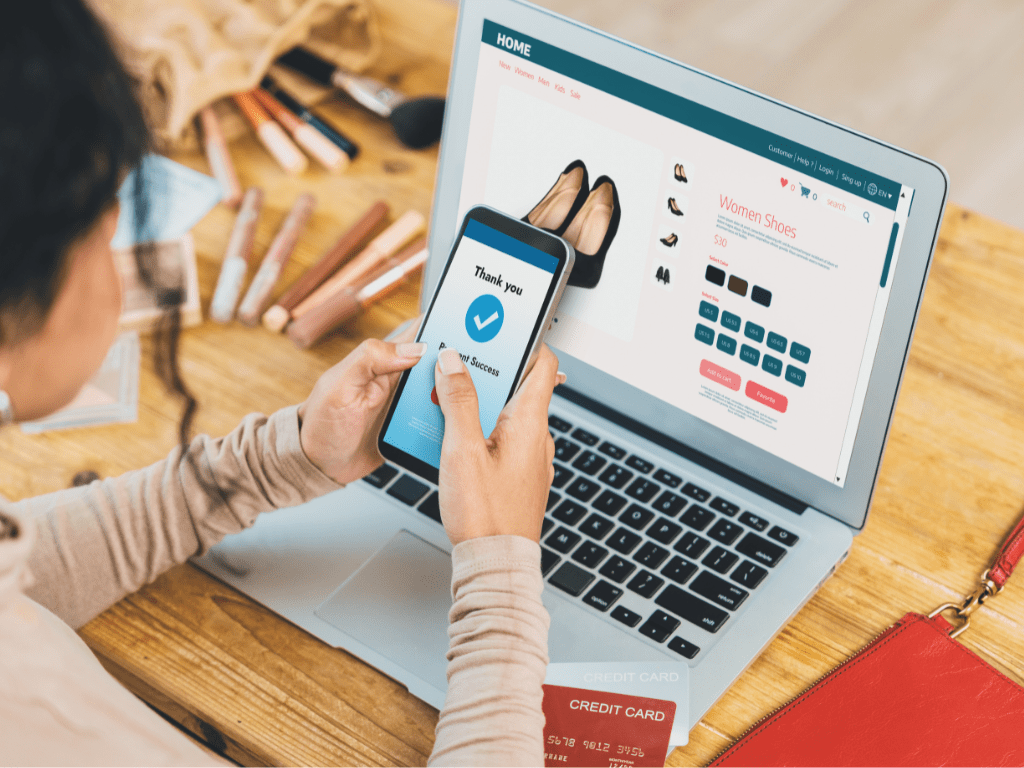
Have you ever thought about how much sensitive information flows through healthcare systems daily? From medical records to patient communication, the healthcare industry handles a vast amount of private data that is critical to both patient care and privacy protection.
In a world where data breaches are becoming more common, ensuring secure communication in healthcare is not just a priority—it’s an absolute necessity. This article explores the importance of safeguarding healthcare communication, the best practices to follow, and why failing to do so can lead to disastrous consequences.
Why Privacy Matters in Healthcare Communication
1. The Sensitivity of Healthcare Data
Healthcare data isn’t just personal—it’s highly sensitive. It contains details about a person’s medical history, current treatments, prescriptions, and even family health information. Unlike other industries, a breach in healthcare data can lead to not only identity theft but also severe emotional and physical harm to patients.
2. Regulatory Compliance and Legal Obligations
Healthcare organizations are governed by strict privacy regulations such as the Health Insurance Portability and Accountability Act (HIPAA) in the U.S., GDPR in Europe, and others. Non-compliance can lead to severe legal consequences, including hefty fines, reputational damage, and even the suspension of operations.
3. Building Patient Trust
Trust is fundamental in healthcare. Patients rely on healthcare providers not only to deliver quality medical care but also to safeguard their private information. A breach of this trust could result in patients seeking care elsewhere, harming your reputation and business.
Real-World Example: ProtectHealth Medical Group
Let’s look at a fictional company, ProtectHealth Medical Group, a network of healthcare clinics providing specialized medical services. Initially, they relied on traditional communication methods, including unsecured emails, to manage patient records and doctor-patient communications. After a minor data breach exposed some patients’ personal information, they decided to upgrade to a secure communication platform that ensured data encryption and compliance with HIPAA regulations.
- Outcome: The implementation of secure messaging systems reduced the risk of future breaches, protected sensitive patient data, and restored patient trust in the clinic.
Best Practices for Ensuring Privacy in Healthcare Communication
To secure healthcare communication, organizations need to adopt best practices that focus on data encryption, access control, and regulatory compliance.
1. End-to-End Encryption: A Non-Negotiable
End-to-end encryption ensures that the content of any communication is readable only by the sender and the intended recipient. This is crucial for healthcare organizations, where data such as test results, treatment plans, and patient notes need to be shared securely across multiple parties.
- Tip: Ensure all internal and external communication, including messages sent between doctors, nurses, and patients, is encrypted using industry-standard encryption protocols.
2. Access Control and Role-Based Permissions
Healthcare organizations often have many employees with different levels of access to patient data. By implementing role-based permissions, only authorized personnel can access sensitive data, reducing the chances of accidental or malicious data exposure.
- Best Practice: Regularly review and update access permissions to ensure that only necessary individuals have access to sensitive healthcare information.
3. Secure Messaging Systems
Using secure messaging systems designed for healthcare, such as encrypted chat solutions, can help healthcare providers communicate efficiently while ensuring privacy and compliance. These platforms often include features like audit trails, ensuring transparency in who accessed what data and when.
4. Data Anonymization in Communication
In situations where patient information needs to be shared, it’s essential to anonymize or mask the data. This is particularly important when communicating with external parties, such as insurance companies or pharmaceutical providers.
- Tip: Anonymize data whenever possible, ensuring that unnecessary identifiers are not exposed during data transfers or external communications.
5. Regular Privacy Audits
Conducting regular privacy audits ensures that all communication systems comply with healthcare privacy regulations. Audits should assess the strength of encryption protocols, access control systems, and data anonymization measures.

How Could It Be Better? Strengthening Healthcare Communication Privacy
With threats constantly evolving, even secure healthcare communication systems can always be improved. Let’s look at how you can take your privacy measures to the next level.
1. Implement Multi-Factor Authentication (MFA)
Multi-factor authentication adds an additional layer of security by requiring users to verify their identity through a second method, such as a mobile app or biometric verification. This ensures that even if login credentials are compromised, unauthorized users cannot access sensitive healthcare data.
2. Use Behavioral Analytics to Monitor Communication
Behavioral analytics tools help track user behavior across communication platforms. These tools can detect unusual activity, such as unauthorized access attempts, or large data transfers, alerting your IT team before a potential breach occurs.
3. Educate Employees on Privacy Protocols
Employees are often the weakest link when it comes to data breaches. Healthcare organizations should invest in ongoing education programs that teach staff how to recognize phishing scams, secure login credentials, and handle sensitive data with care.
The Dangers of Data Breaches in Healthcare
Imagine if your healthcare facility experienced a data breach, exposing sensitive patient information, including medical records and treatment details. This breach could not only lead to hefty fines but also cause severe reputational damage and, worse, compromise patient safety.
Consequences:
- Legal Penalties: Failure to comply with regulations such as HIPAA or GDPR can result in heavy fines, lawsuits, and, in some cases, criminal charges.
- Loss of Patient Trust: Once trust is lost, it’s difficult to regain. Patients are likely to leave your practice if they believe their private data is at risk.
- Operational Disruptions: A data breach can cause significant disruptions to your operations as you deal with the aftermath, such as restoring systems and addressing legal issues.
Steps to Implementing a Secure Healthcare Communication System
1. Choose a HIPAA-Compliant Platform
Make sure the platform you choose for internal communication and patient interaction is HIPAA-compliant. This ensures that all your communications are protected by strict encryption protocols and access control measures.
2. Conduct Regular Privacy Training
Train your staff on the importance of privacy in healthcare communication. Topics should include how to properly handle patient information, recognize phishing attacks, and ensure that all devices are securely connected to your systems.
3. Encrypt All Forms of Communication
Every form of communication, from emails to text messages, should be encrypted. This ensures that sensitive data remains confidential even if intercepted.
4. Keep Systems Updated
Outdated systems are prone to vulnerabilities. Regularly update your communication platforms and software to protect against newly discovered security flaws.
The Future of Privacy in Healthcare Communication
With advances in technology, the future of healthcare communication will involve even more sophisticated tools designed to protect patient privacy. Artificial Intelligence (AI) and machine learning are expected to play a role in automating security protocols, detecting unusual behavior, and enhancing encryption methods.
As threats evolve, healthcare organizations must remain vigilant and invest in the latest privacy technologies to ensure that their patient communications are always secure.
Table of Contents
Ensuring privacy in healthcare communication is not only a legal obligation but also a moral one. By adopting end-to-end encryption, implementing strict access controls, and educating staff on best practices, healthcare providers can ensure that their patient data remains secure.
With regulatory compliance constantly evolving, now is the time to strengthen your privacy protocols and implement a secure communication platform that protects both your patients and your reputation.






